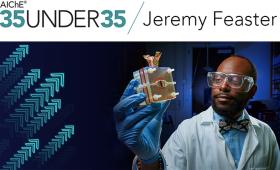An LLNL-led effort simulating a global climate model on the world’s first exascale supercomputer has won the first-ever Association for Computing Machinery (ACM) Gordon Bell Prize for Climate Modelling.
Science and Technology
in the News
Science and Technology
in the News
News Center
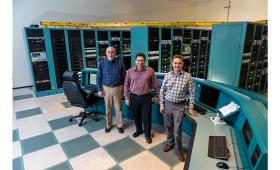
The National Ignition Facility (NIF) set a new record for laser energy on October 30th, firing

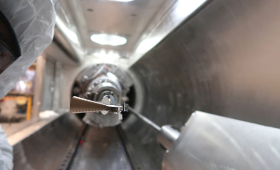
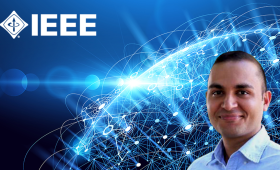
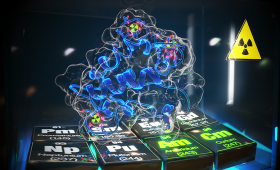
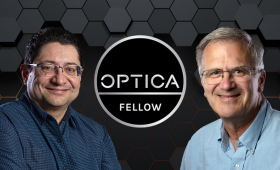
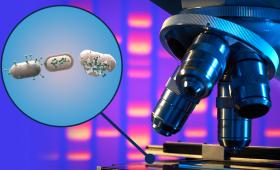
New research from Lawrence Livermore National Laboratory scientists and their collaborators at the University of California, Berkeley illuminates a fascinating phenomenon: the demise of soil bacteria and other unicellular microbes at
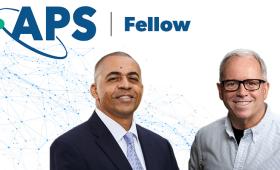
Livermore scientists Manyalibo “Ibo” Matthews and Frank Graziani have been named 2023 American Physical Society (APS) fellows.



